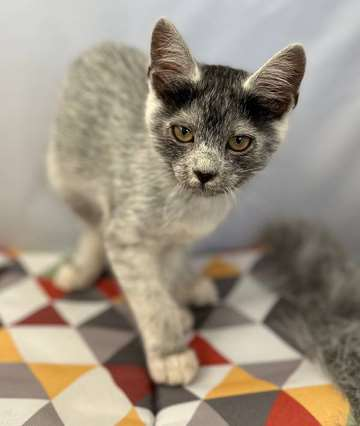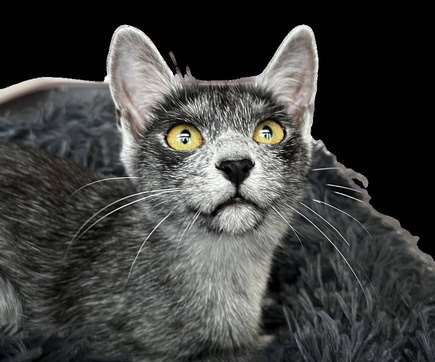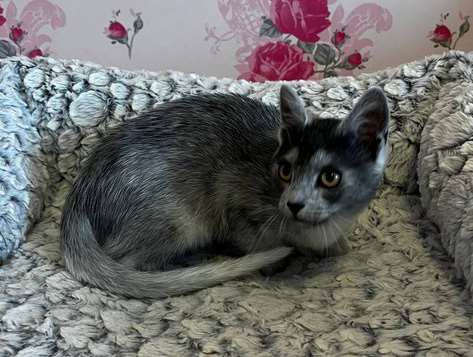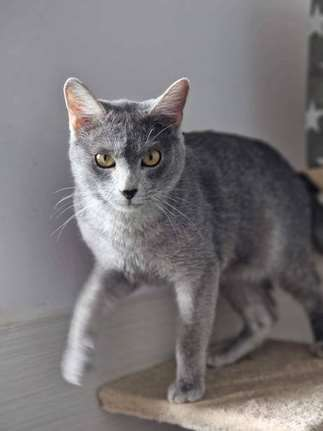




The Transylvanian has been part of local life in the Carpathian Mountains region for centuries. Villagers describe them as reserved, loyal and deeply attached to their human families. Their striking Carpati pattern, a salt-and-pepper effect (roan) all over their bodies, with bright contrasts on their ears, nose, paws and tail – has earned them the reputation of being ‘cats painted by the mountains’. In folklore, they are considered guardians of thresholds and symbols of balance. Although not bred in palaces or catteries, they were valuedcompanions of farmers, shepherds and forest dwellers.
The Transylvanian is not an artificially created breed, but a naturally occurring population that has long been native to the Carpathian Mountains and the Eastern European lowlands. For generations, these cats have lived alongside shepherds and villagers, adapting to life in the mountains and forming strong bonds with humans. Our task was to responsibly preserve, standardise and document them.
